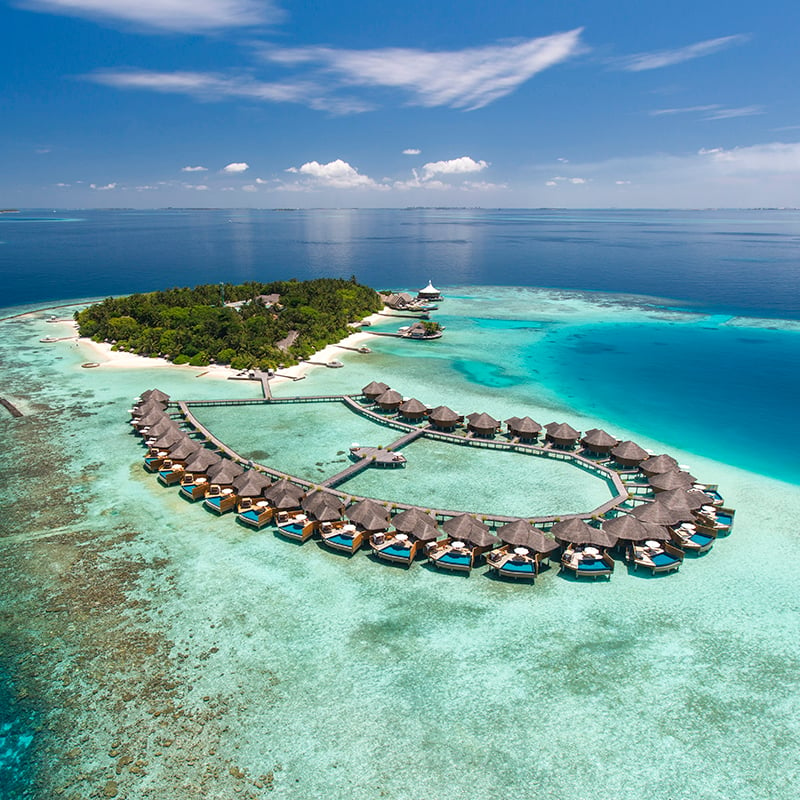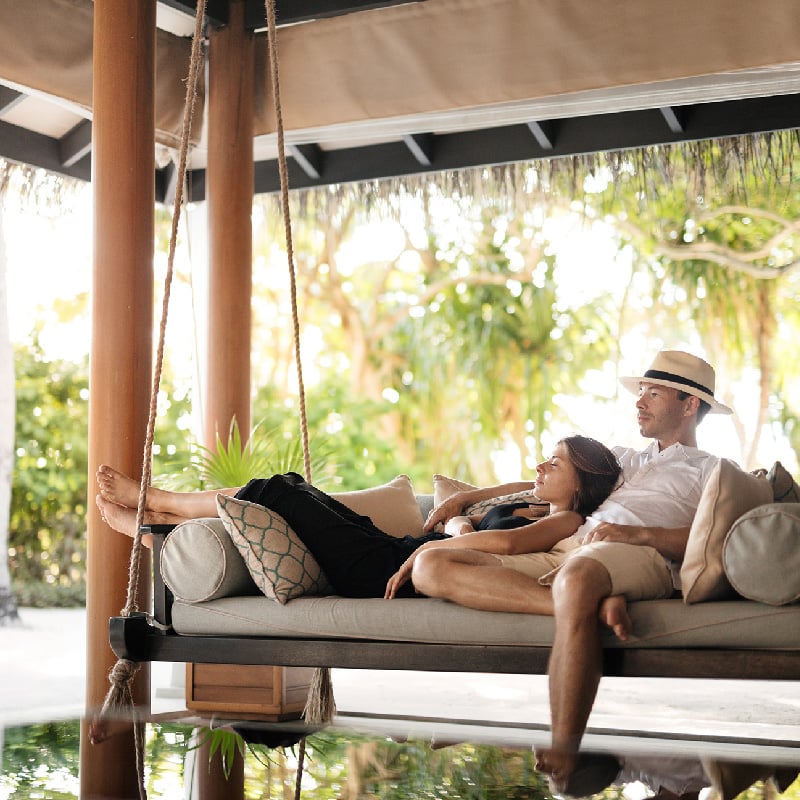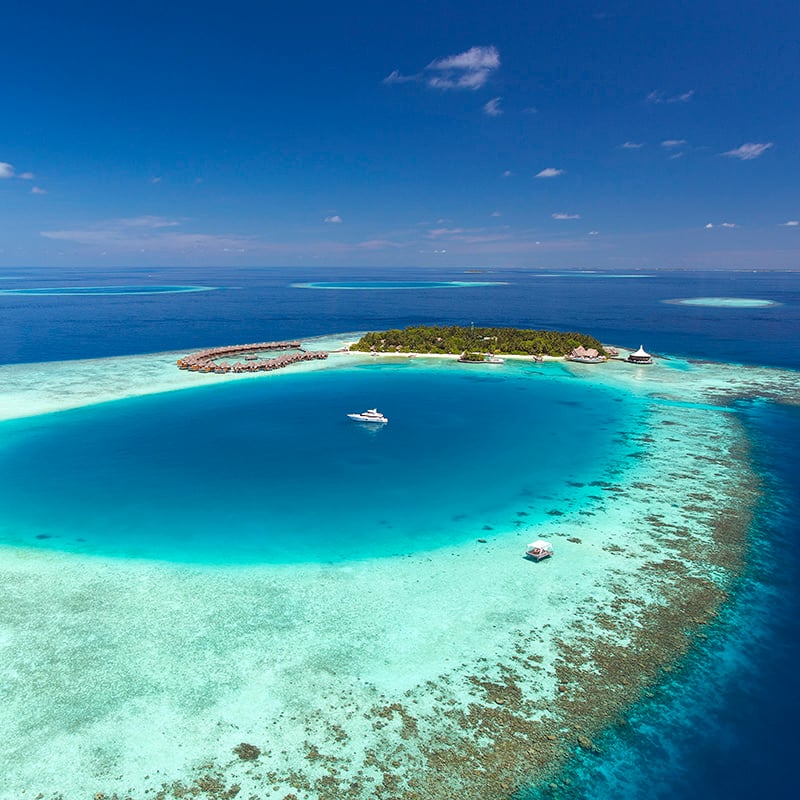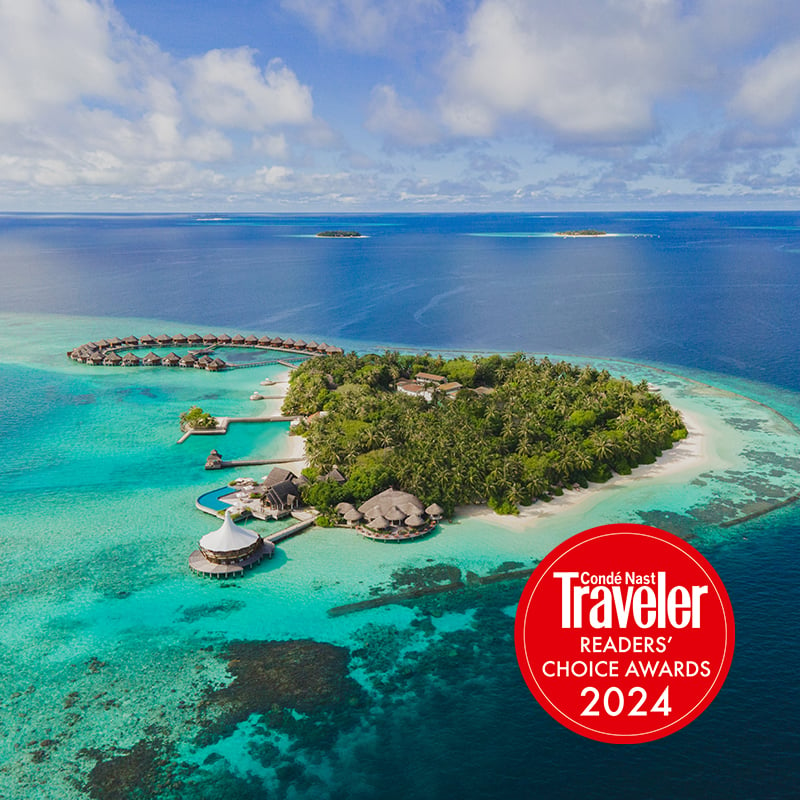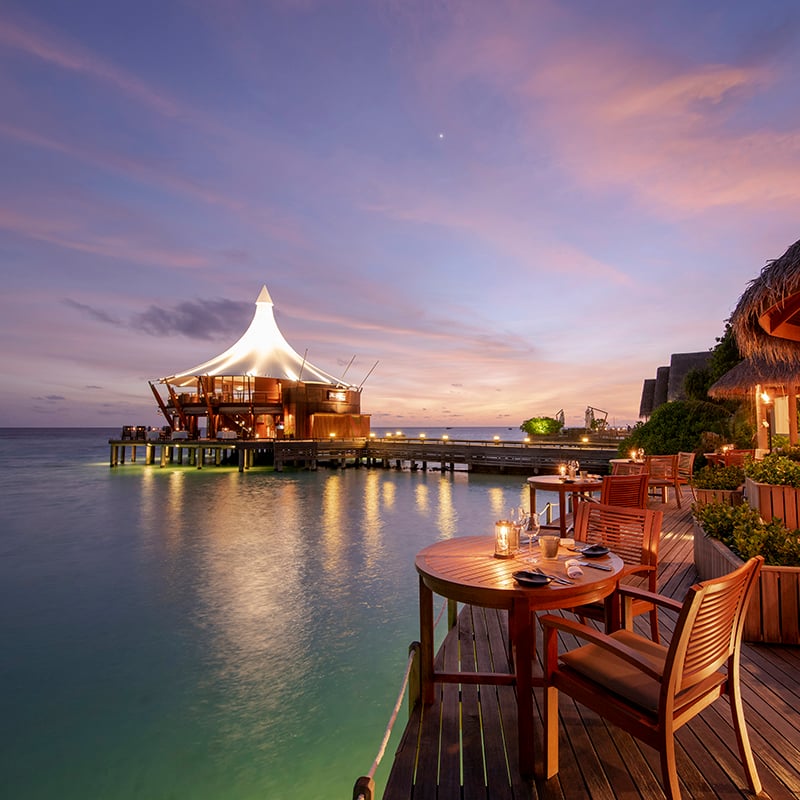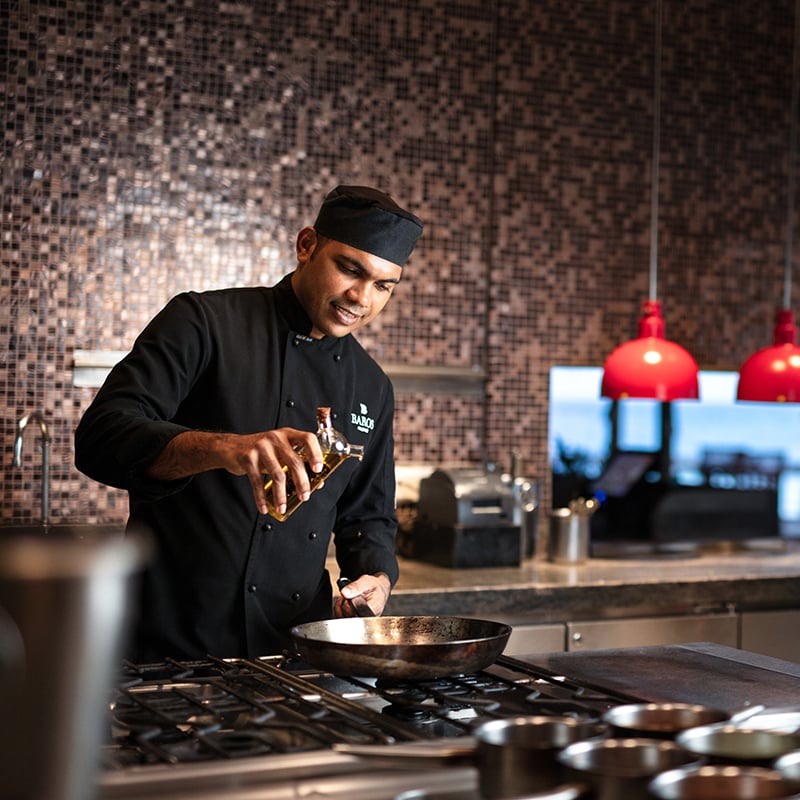10 intriguing facts about the Maldives
2 July 2023 | All Blogs, Destination, Dining, Experience
The Maldives is known worldwide as a tropical paradise. Here are 10 other fascinating facts about the Maldives that you might not know:
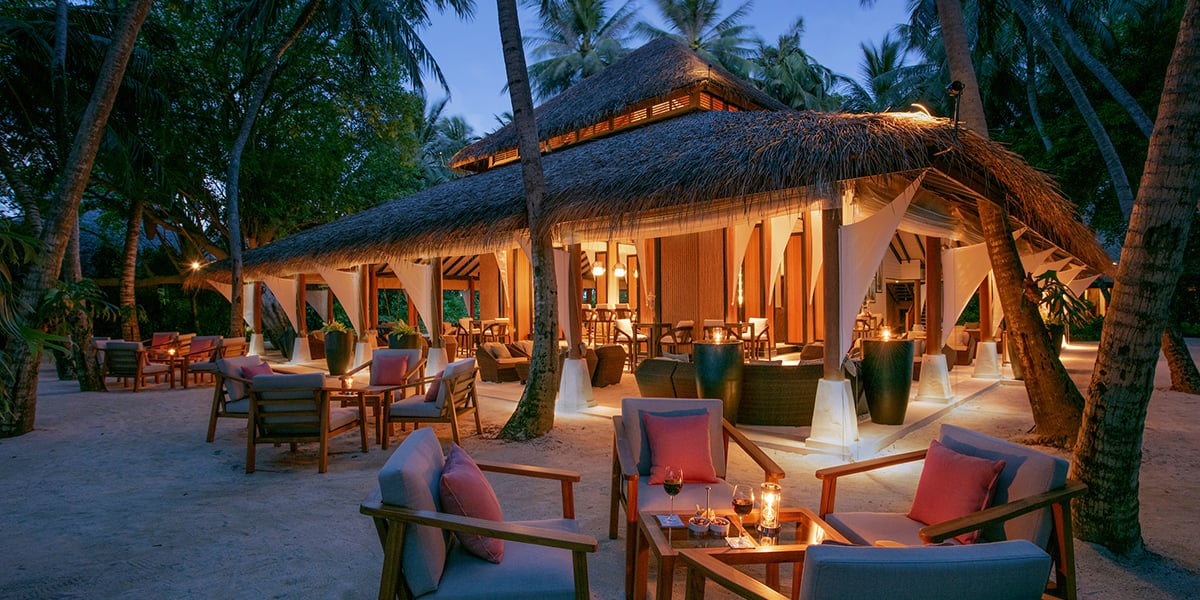
1. Traditional Maldivian homes were built with wood… and were mobile
Life in the Maldives has always depended on the sea. Since as early as 5,000 BC, the island people built boats with only wood, using no iron or nails. Guests at Baros can view illustrations of these different boats in our Maldivian lounge, as well as some beautiful authentic maps that date back to almost 400 years.
Houses were also built with wood and were made to be taken apart, carried and rebuilt elsewhere. This was necessary due to the erosion of the islands, forcing people to relocate. These homes had semi-open verandas and open-air bathrooms. In designing the villas and facilities at Baros Maldives, Mohamed Shafeeq, a renowned local architect, incorporated these features in the garden bathrooms of the Deluxe Villas and the open areas of our Sails Bar.
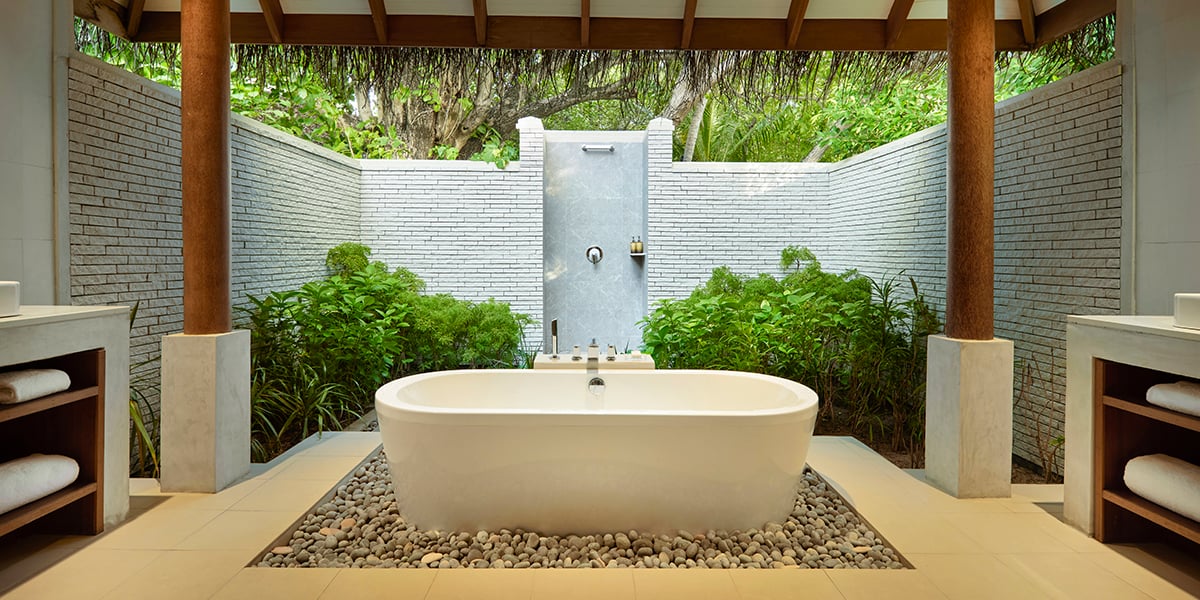
2. The white beaches of the Maldives are unique and rare
Unlike most beaches claiming white sand, the beaches of Maldives have truly pristine, white coralline sand. Other beaches often have sand made from quartz which has a yellow hue. Coralline sands are very rare and found in only 5% of the world’s beaches.
This white sand, together with our crystal-clear blue lagoon and lush green foliage make Baros a true island paradise, and one that we take pride in safeguarding and nurturing.
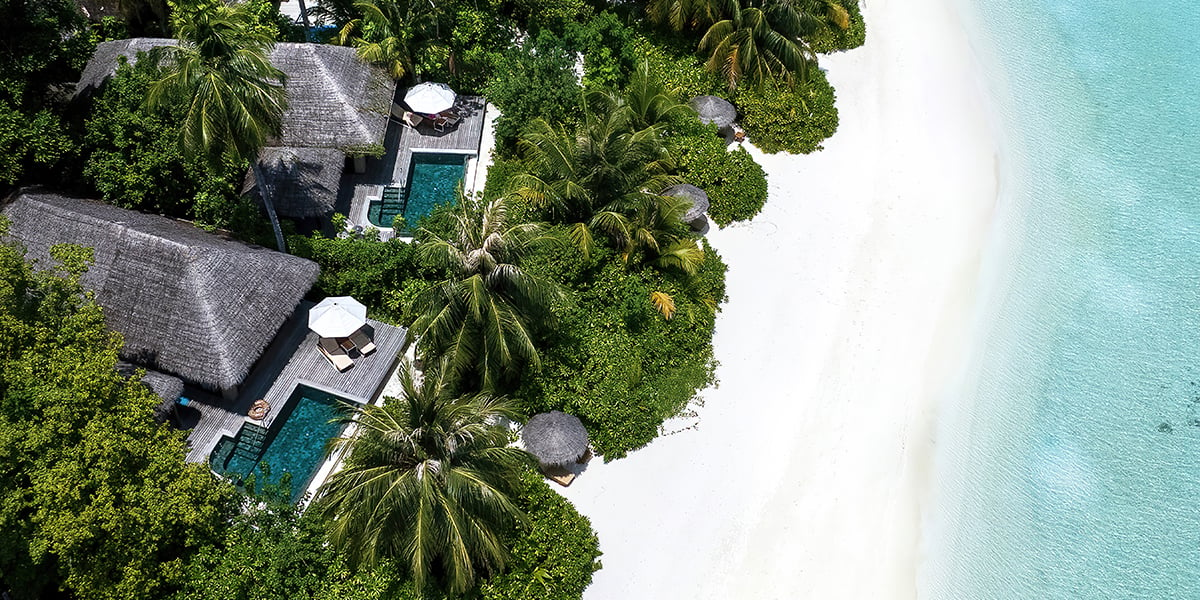
3. The Maldives is the lowest and flattest nation in the world
The highest point in the Maldives, found in the South, on Gaafu Alifu Villingili island, is 2.3 metres and is considered to be the lowest on earth. Ground level on the islands is on average 1.5 metres.
The Maldives consists mainly of the ocean and less than 200 of its 1,192 islands are inhabited. Malé, the capital, is one of the most densely populated capitals in the world. Here you can visit the Hukuru Miskiy (Friday Prayer) Mosque, known for its intricate carvings and beautiful architecture, visit the local markets or explore the city at leisure, on our half day excursion to the capital.
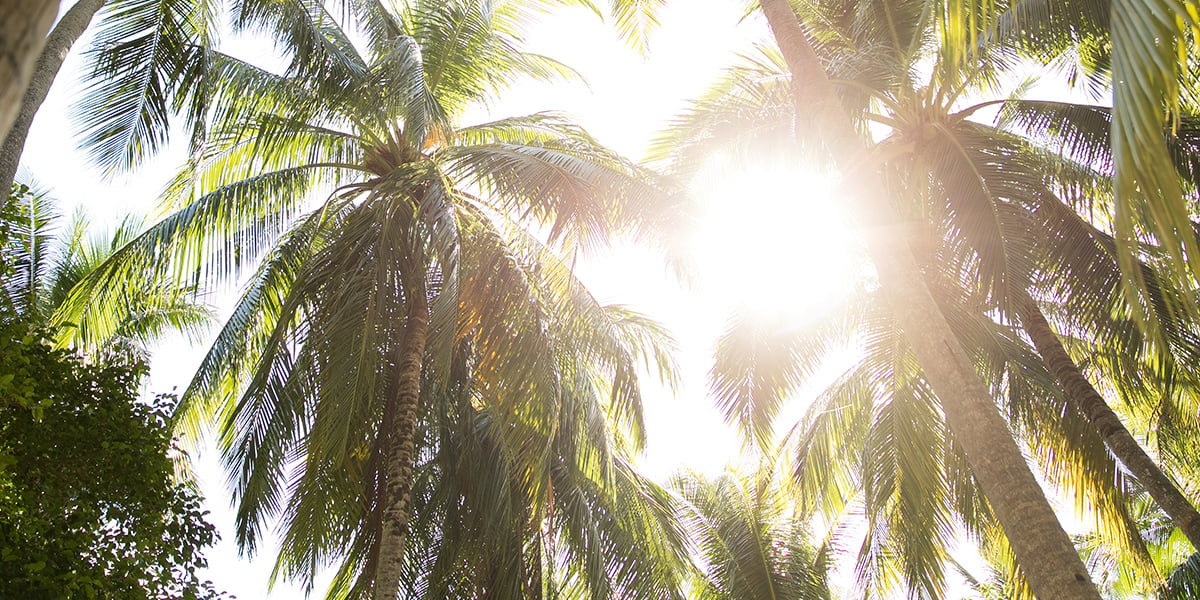
4. Weekends start on Friday morning
It could be argued that when you stay at Baros, every day is a weekend. The pace here is languid – long, unhurried days soaking up the beauty of the sea, sky and lush island green. Strictly speaking though, in the Maldives, the working week starts on a Sunday and ends on a Thursday evening, the weekend being Friday and Saturday.
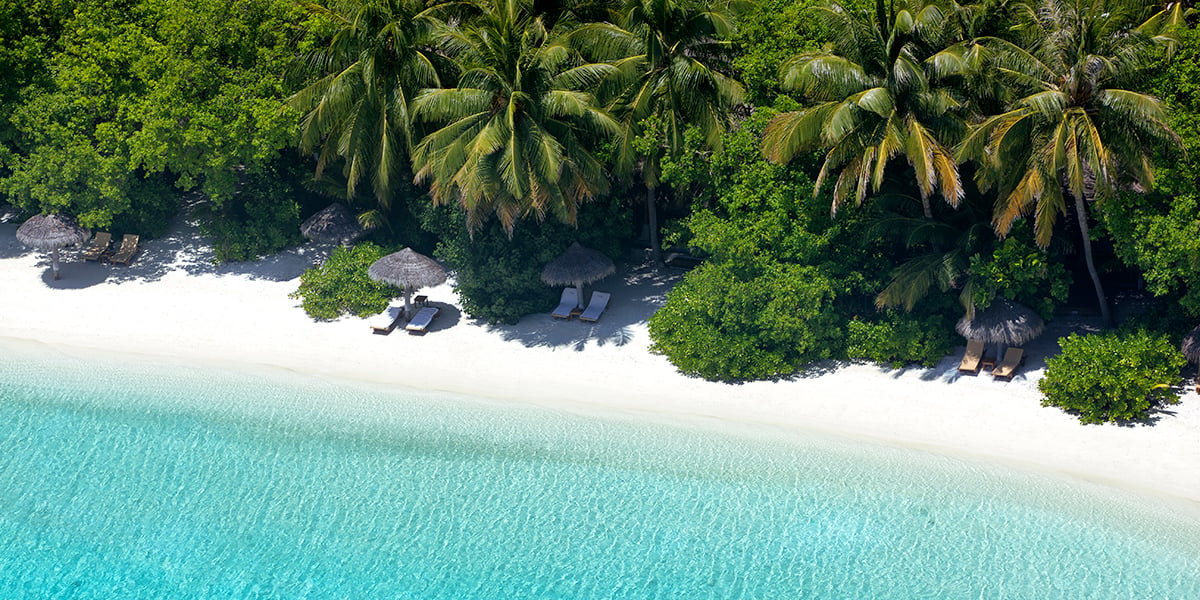
5. Maldives is an Equatorial paradise
The Maldives lies directly across the equator, with sunlight hitting it at a 90-degree angle. This makes for sunny and hot days all year round, with average temperatures of between 23ºC and 31ºC – the perfect island holiday destination. The monsoon season runs from June to October which can mean some downpours, but the days are still warm.
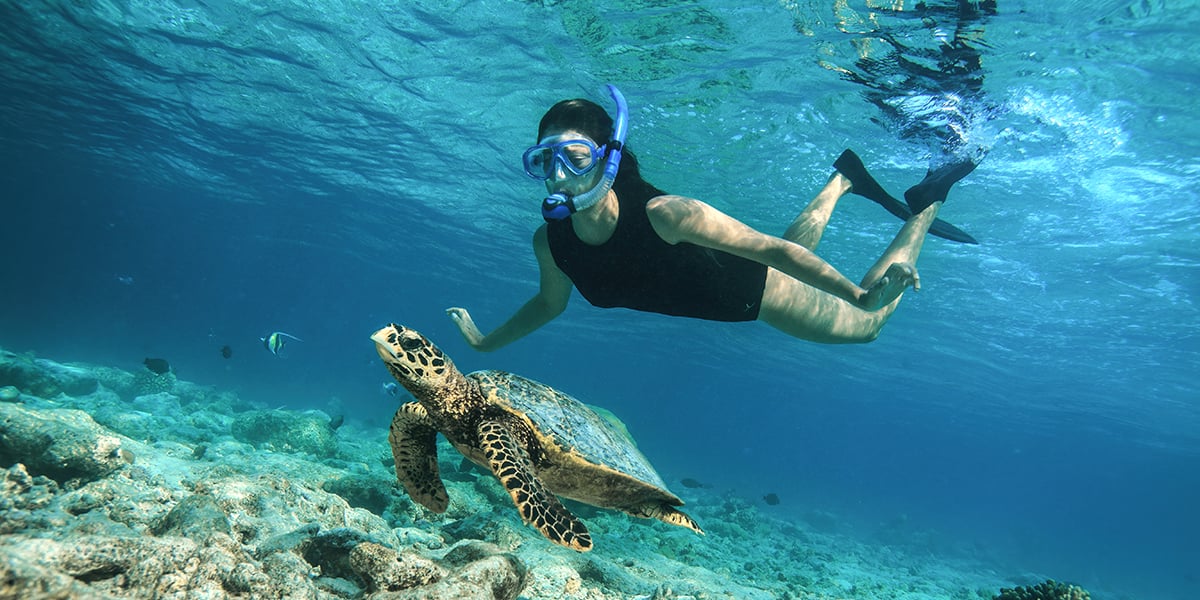
6. It is home to the majority of sea turtle species and the world’s largest fish
The Maldives has thriving marine biodiversity, making it a magical place to visit for all ocean enthusiasts. It is home to five of seven of the world’s marine turtle species: the hawksbill, olive ridley turtle, the loggerhead, the leatherback and the green turtle. The hawksbill is seen often when diving at the Baros house reef, while the olive ridley and green sea turtles are also sighted on occasion.
Maldives is also home to the largest fish species in the world, the whale shark. We have had the incredible privilege of seeing these gentle giants in the waters around Baros. 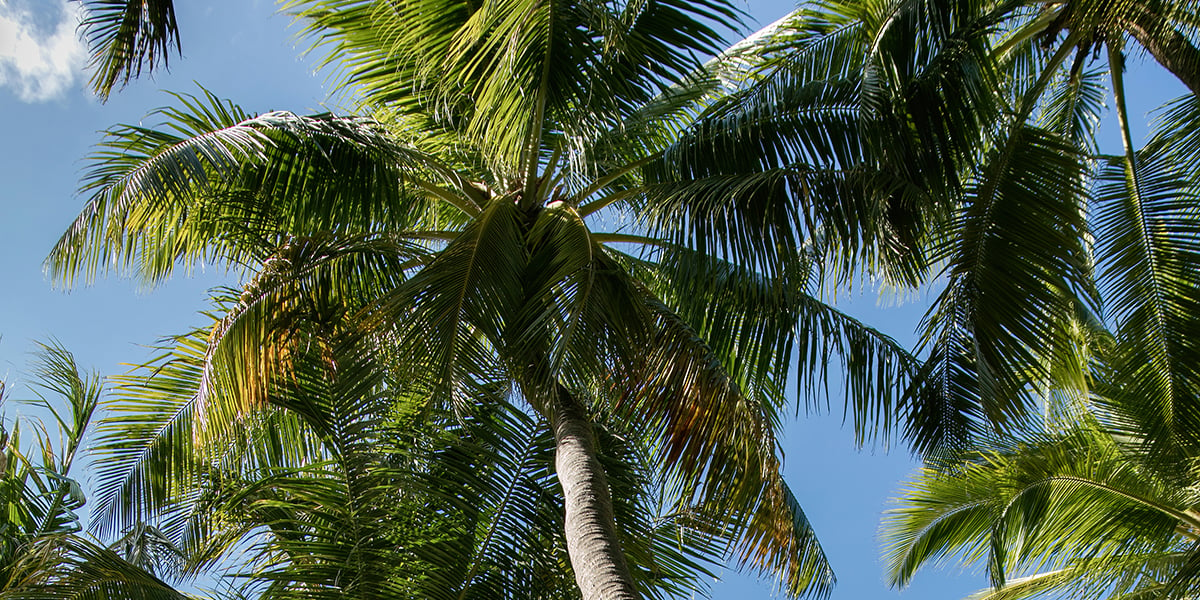
7. The coconut palm is the nation’s tree
The coconut palm is the national tree of the Maldives and adorns the country’s flag. These trees can live for over a hundred years and grow up to 30 metres tall. Baros was once a thriving coconut plantation, and we still have many of the original palms swaying above us. Visit our beautiful palm garden and let the filtered green light and the island lullaby of their fronds swishing in the sea breeze, wash you in peace.
Coconut trees provide the beautiful beaches of the Maldives with shade, produce coconut milk, water and oil. Their fibres are used for coir rope weaving, and their timber for architecture and building the traditional Maldivian dhoni sailing boat.
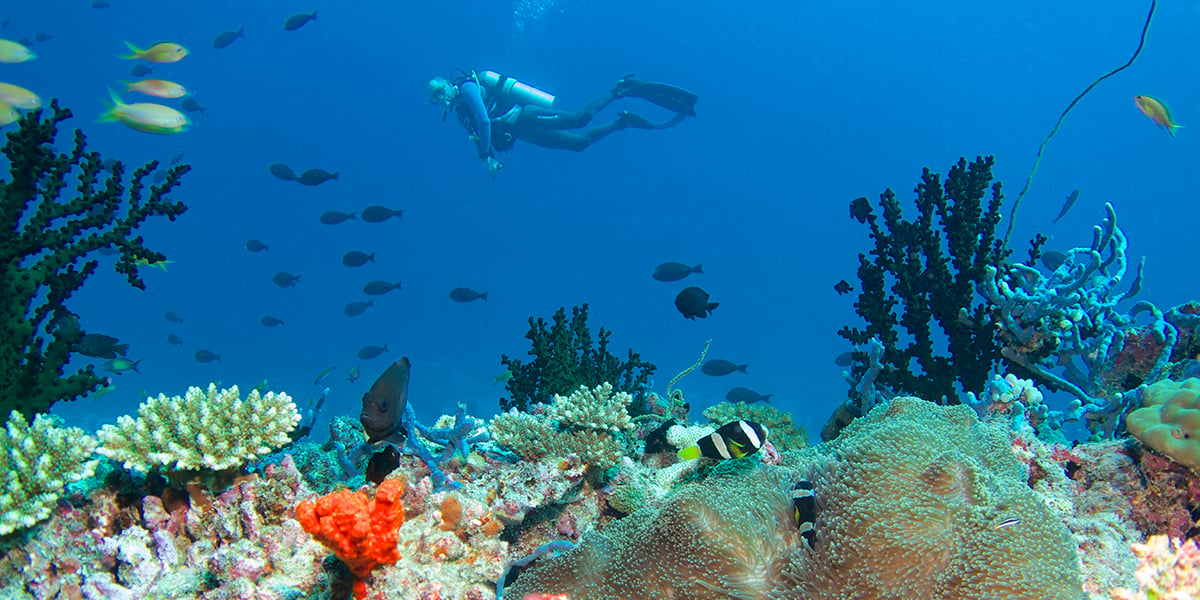
8. The Maldives was the site of the first underwater cabinet meeting
Life in the Maldives is centred around the sea that surrounds the islands. Boats are the most common mode of transport, and fishing is a common pastime and source of food. The sea was also the site of a unique and significant first-ever underwater cabinet meeting. In 2009, the then-president and government officials met underwater to sign a petition that was presented at the Copenhagen Climate Change Conference, asking countries to reduce their carbon footprint and fight climate change.
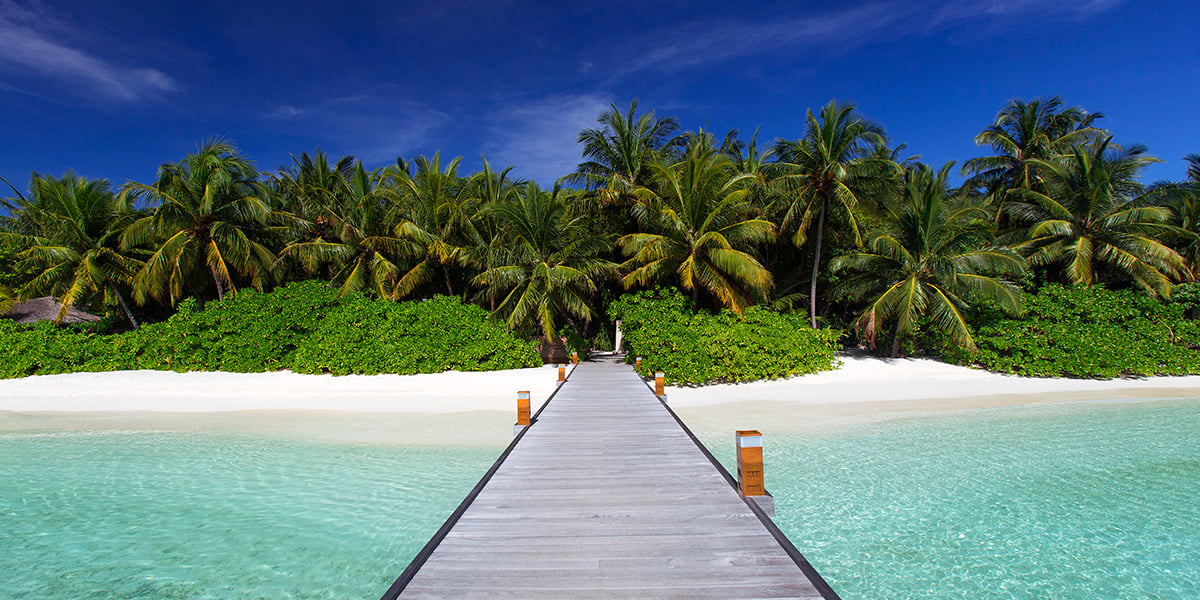
9. Money didn’t grow on trees, but it did wash up on Maldivian beaches
In the 1800s, cowrie shells were used internationally as a trading currency, and the Maldives beaches were festooned by them. These shells were distinctive and impossible to forge – the perfect traits for a currency.
Today, the cowry shell is the symbol of the Maldives Monetary Authority but sadly you will no longer be able to use them to pay for your stay.
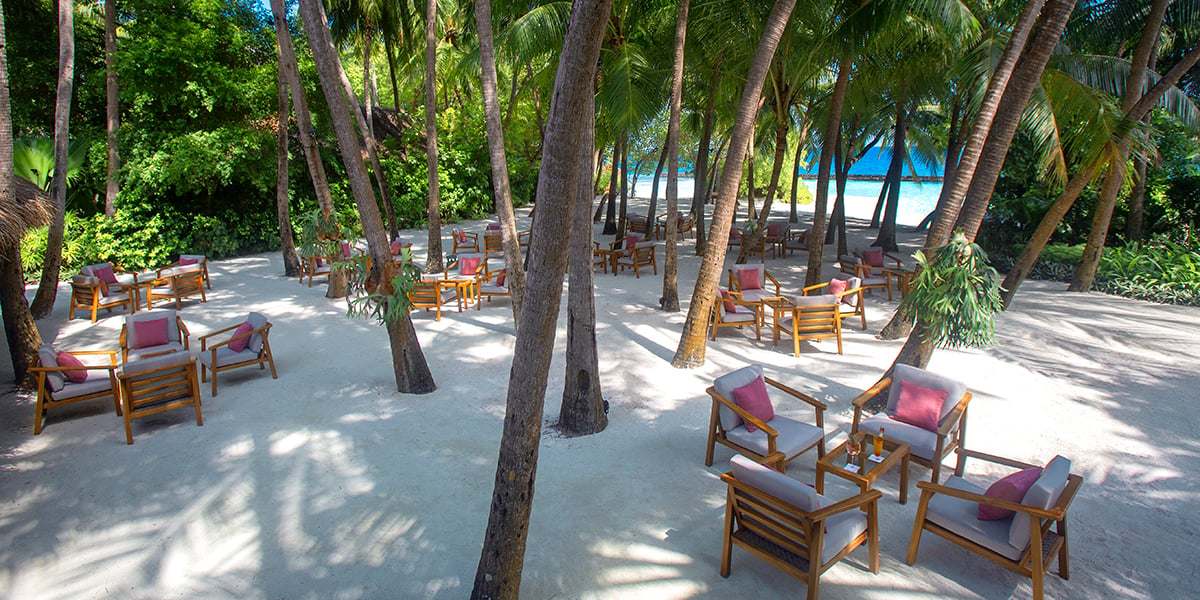
10. Since the 15th Century the Maldives has been a chosen destination for travellers
The islands of the Maldives once lay along the path of the silk route and became a key stop for passing ships. Here, cultures mixed and interacted as they enjoyed legendary Maldivian hospitality.
Today the people of the Maldives are still known for their warm hospitality, and there is no place better to experience this exceptional service and warmth than at Baros.
Come and see this fascinating and beautiful country for yourself, and enjoy the very best in private luxury resort accommodation at Baros, The Maldives Icon. Book it now by contacting our team via [email protected].
 English
English  РУССКИЙ
РУССКИЙ  DEUTSCH
DEUTSCH  简体中文
简体中文  Spanish
Spanish 